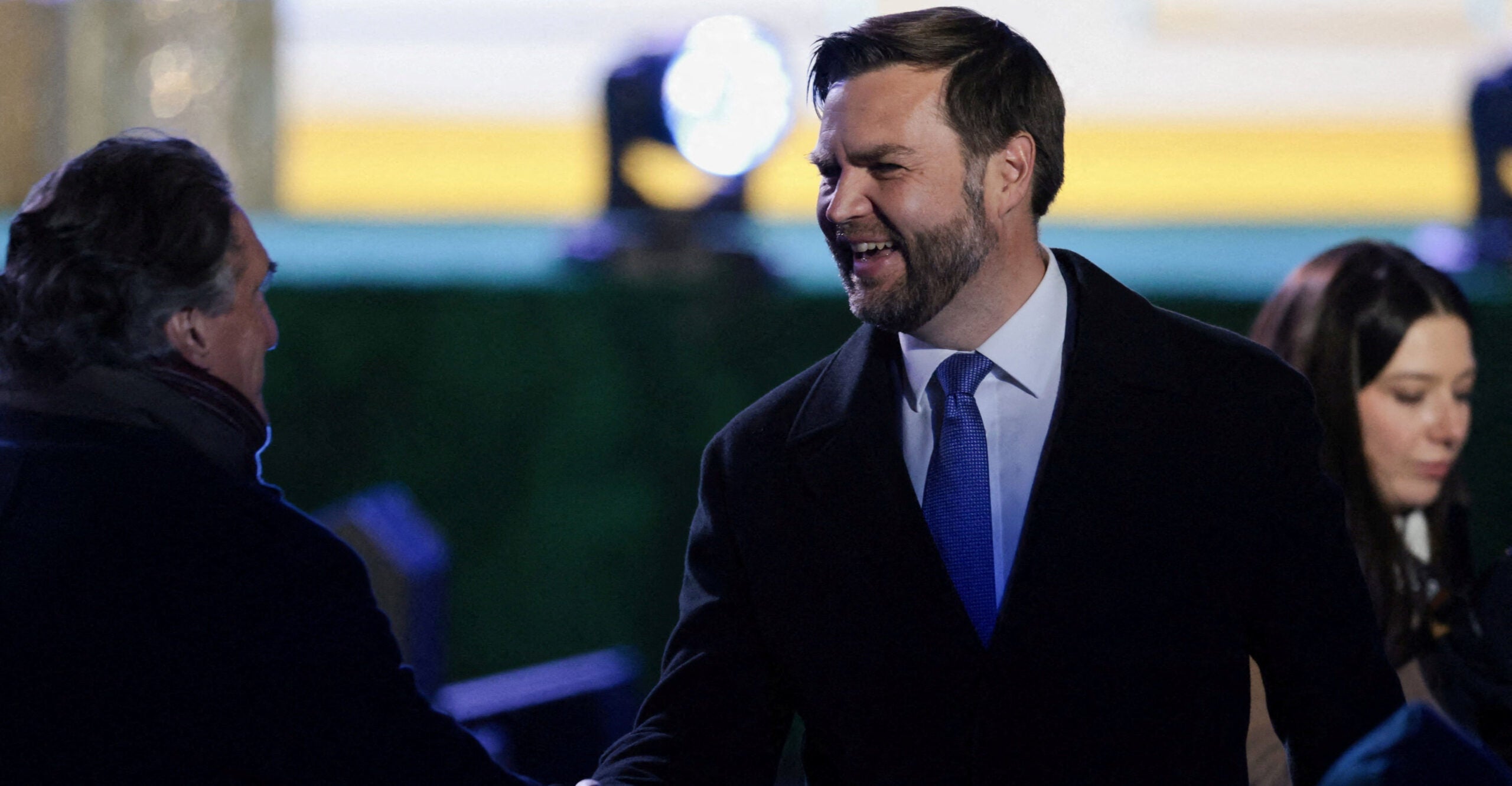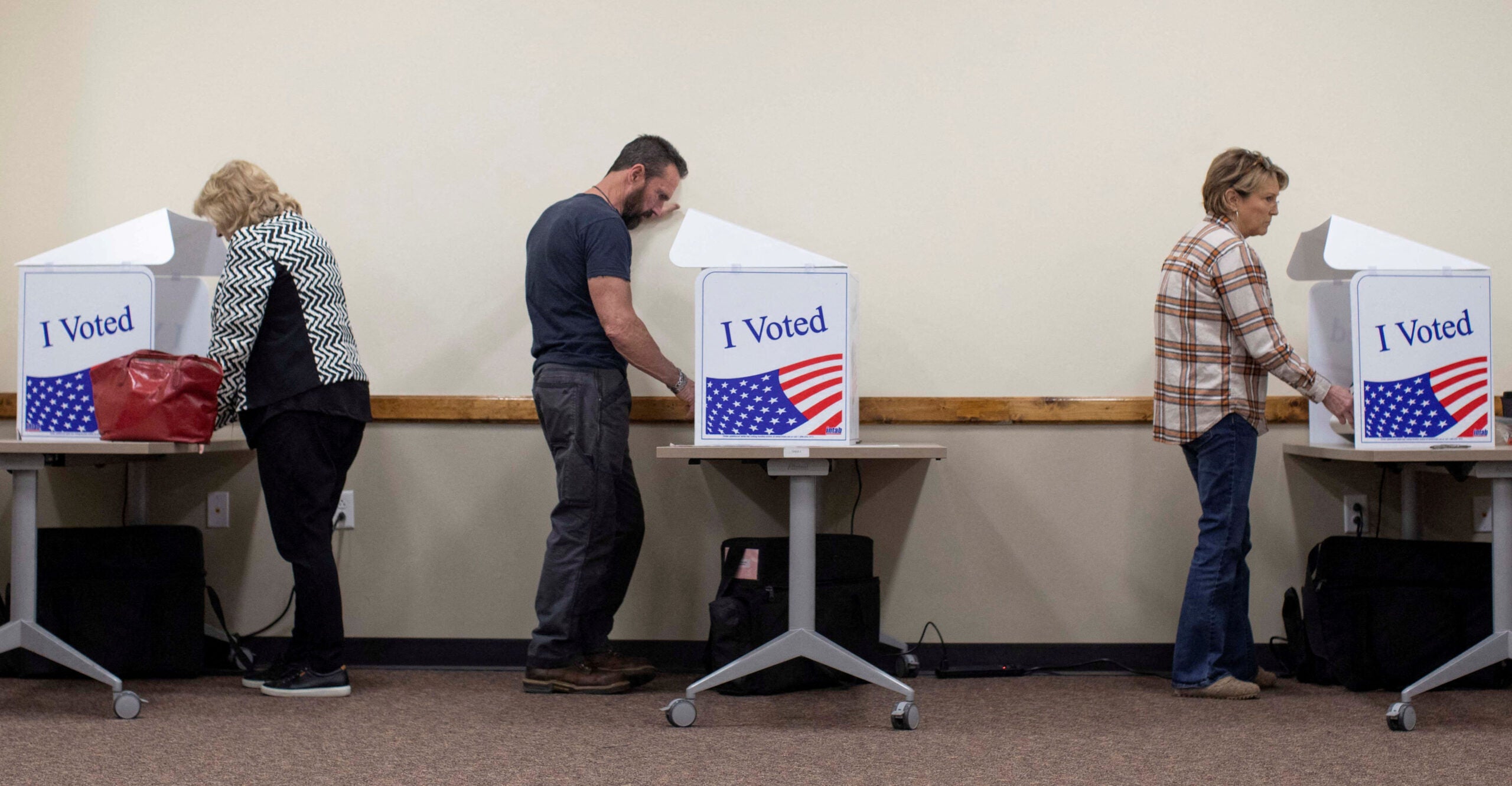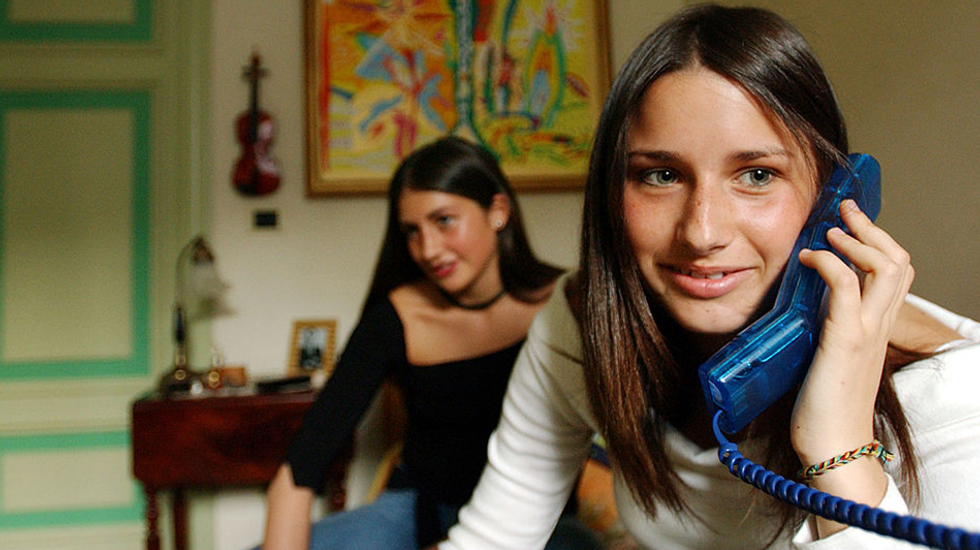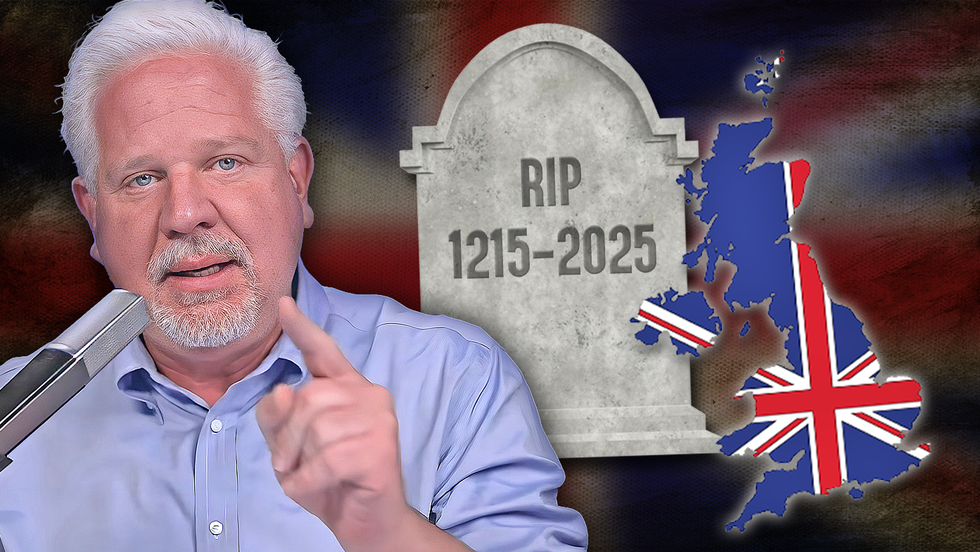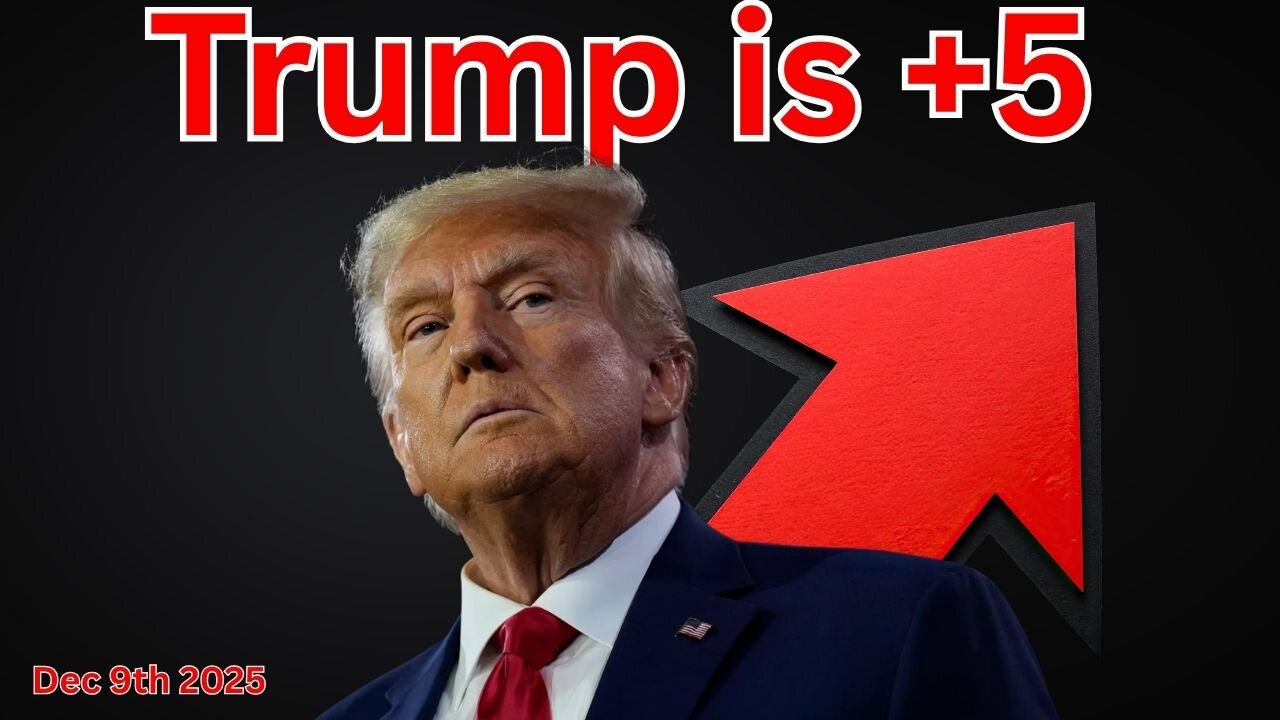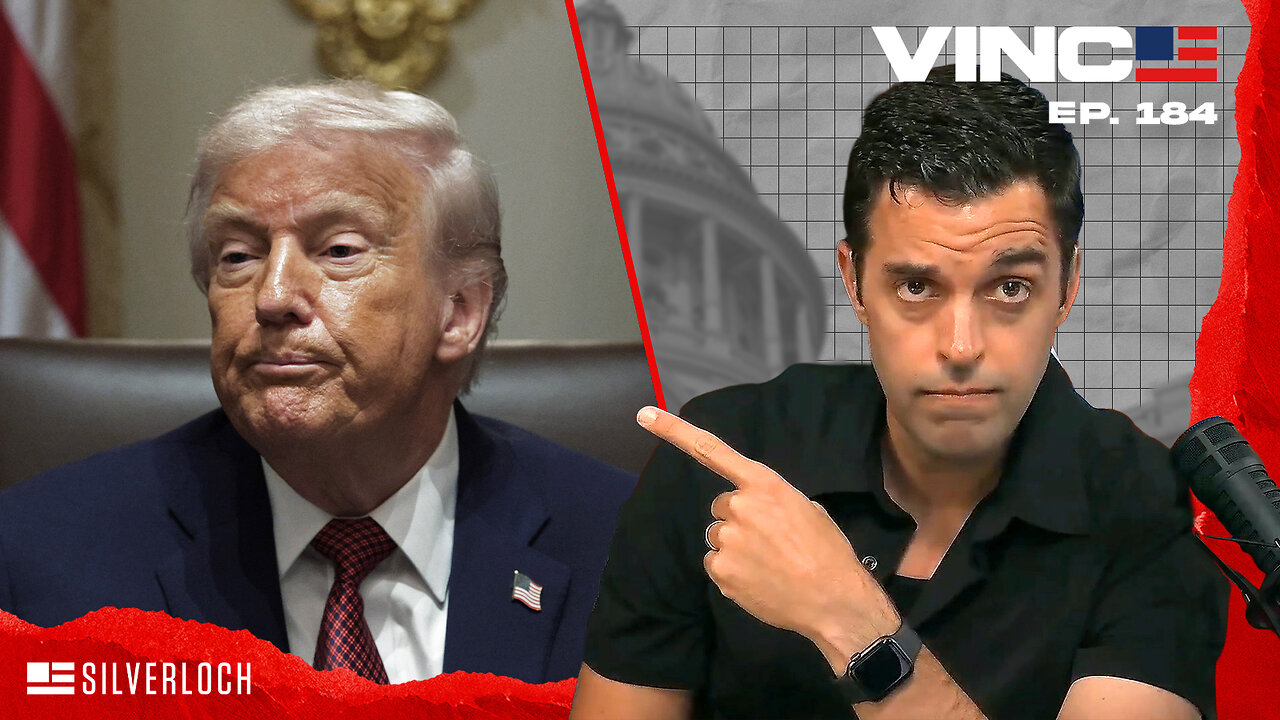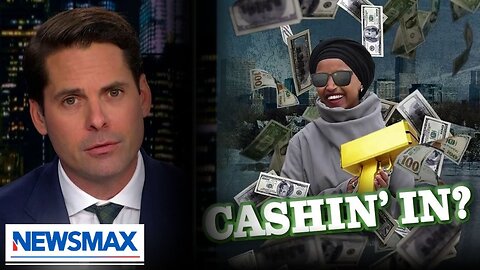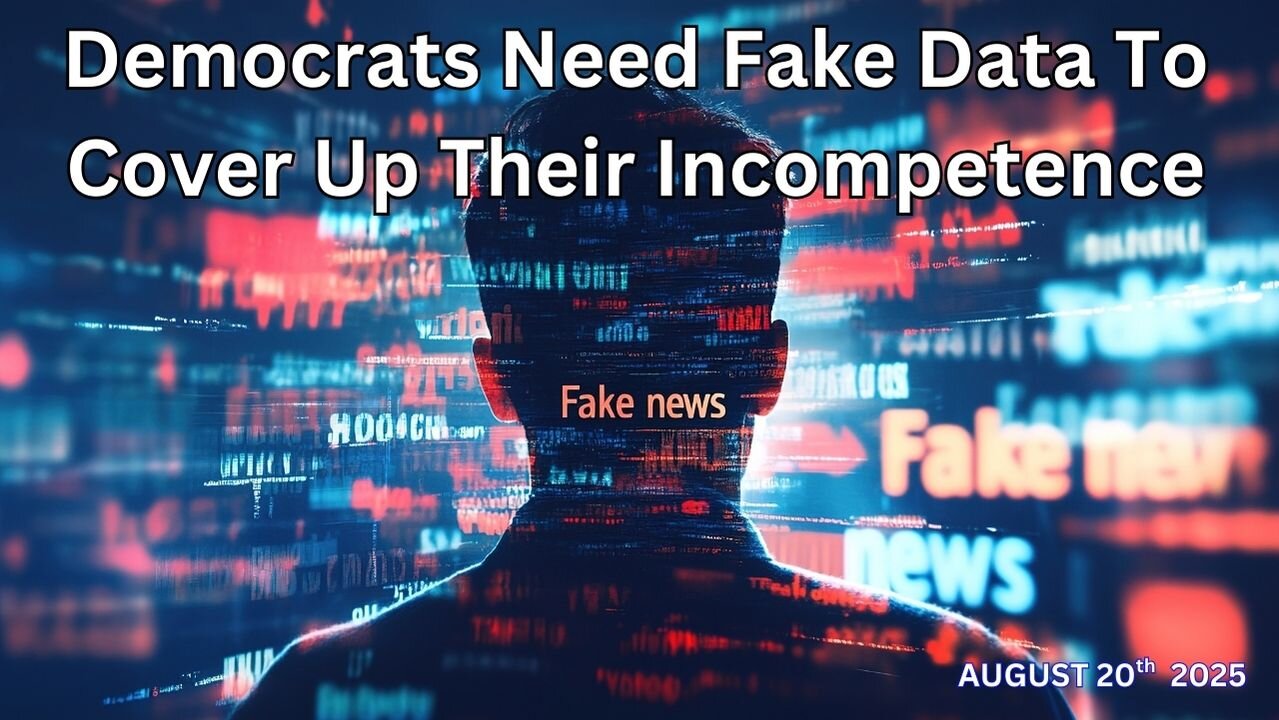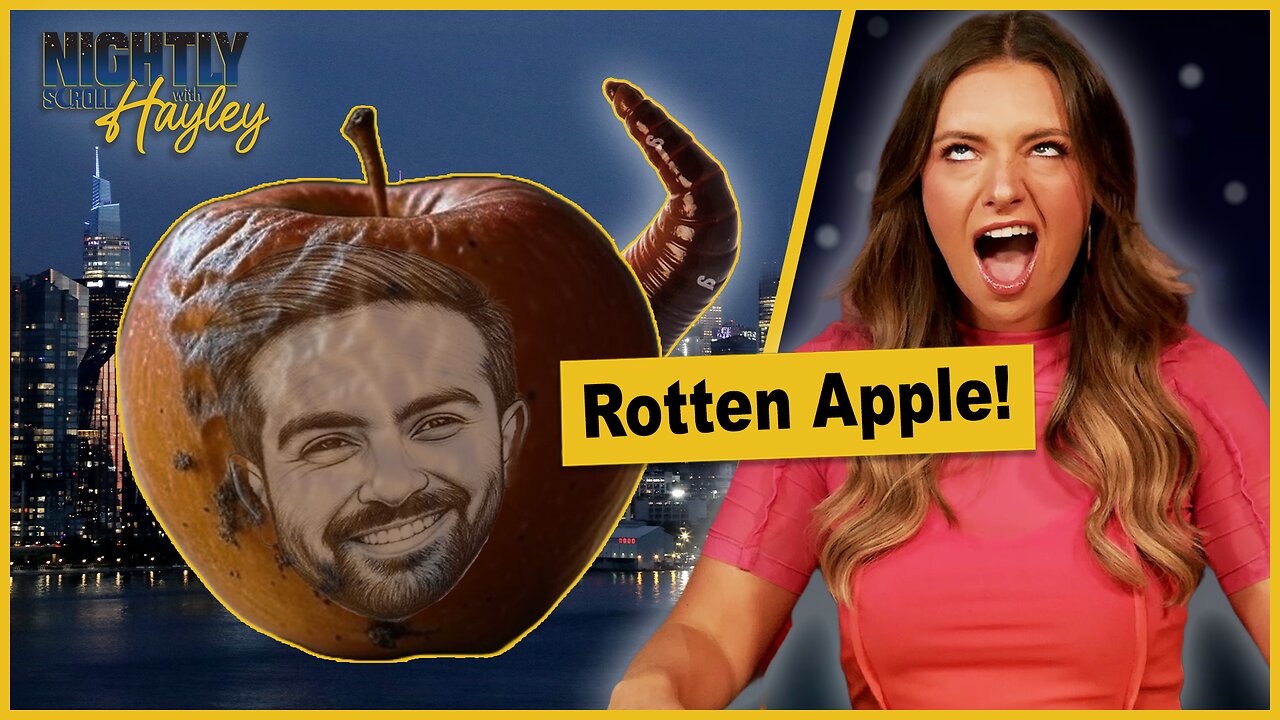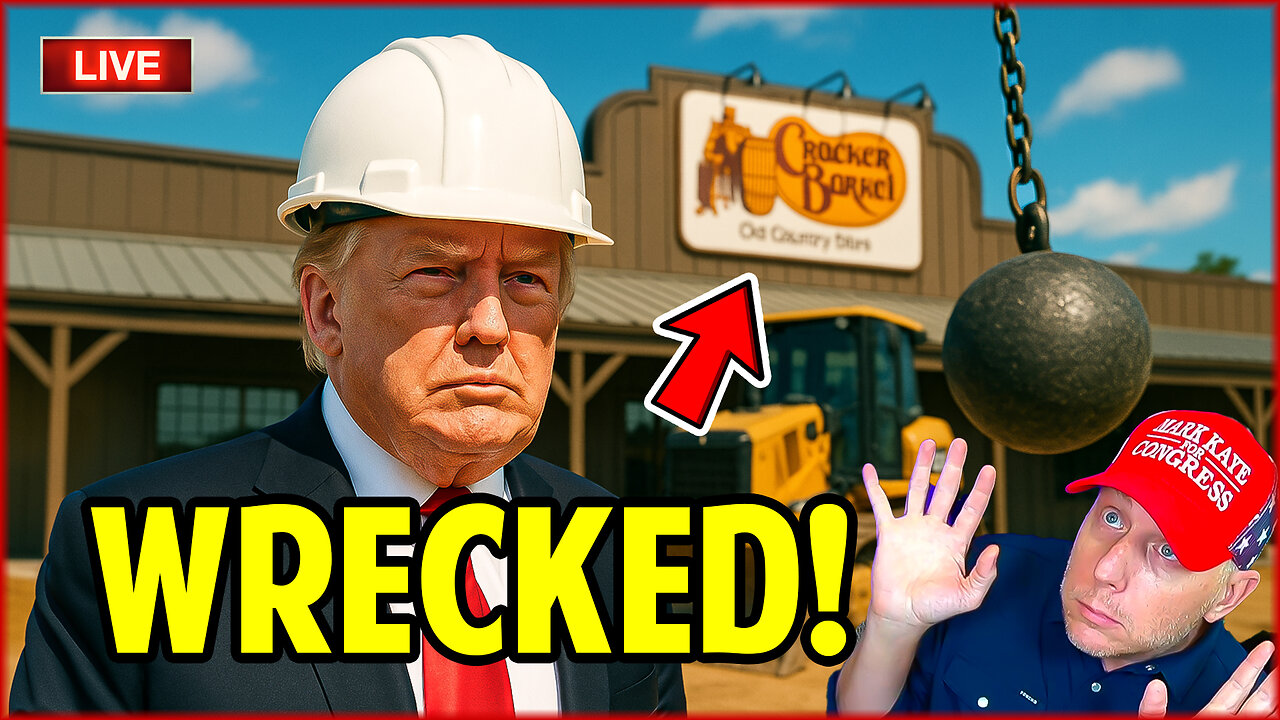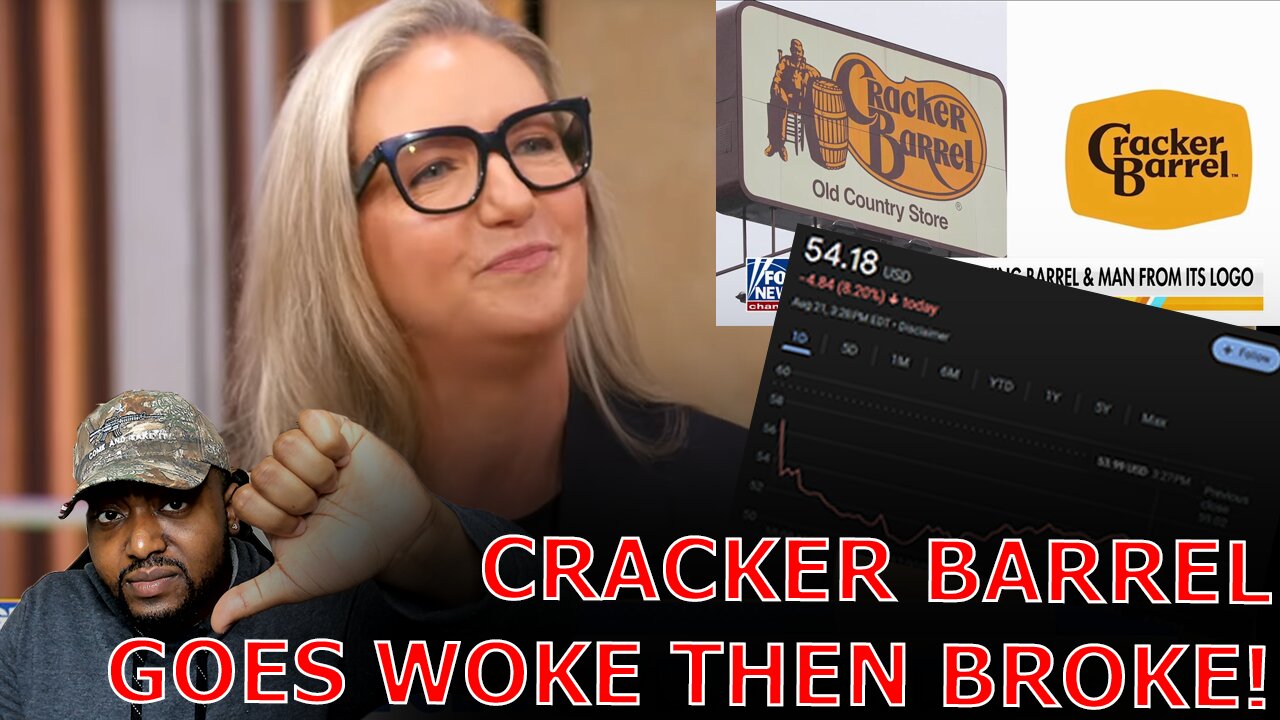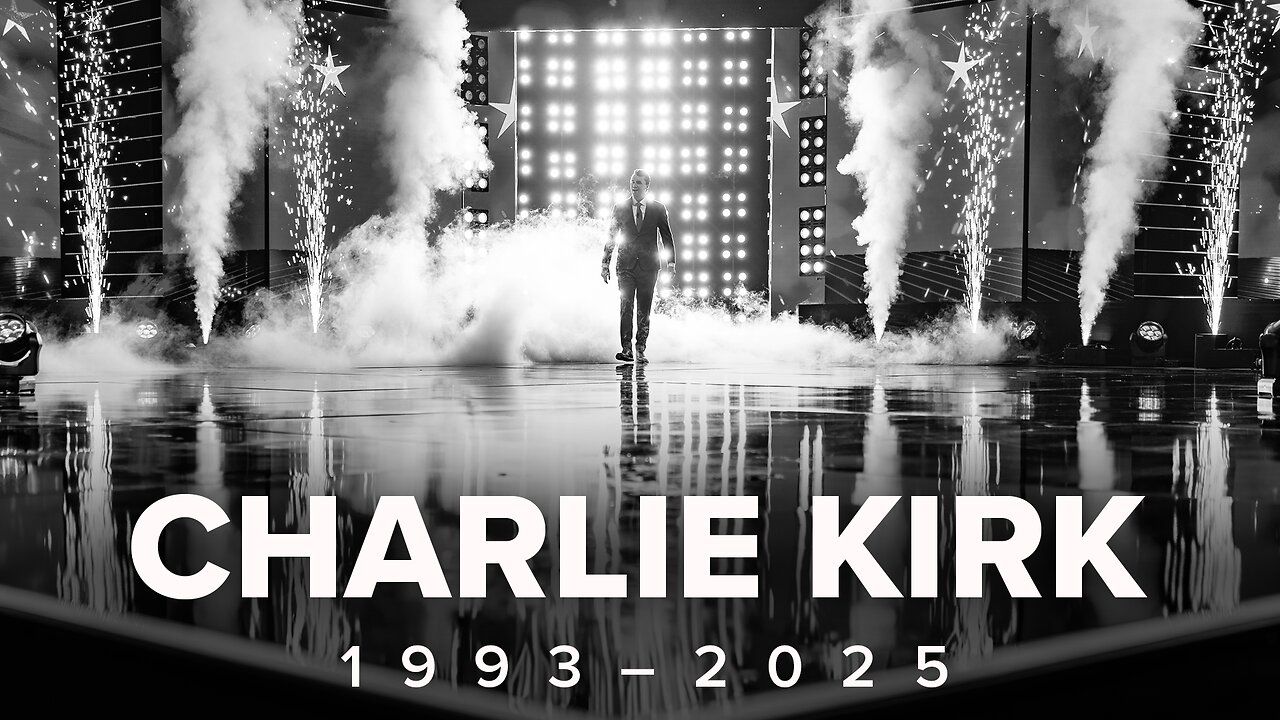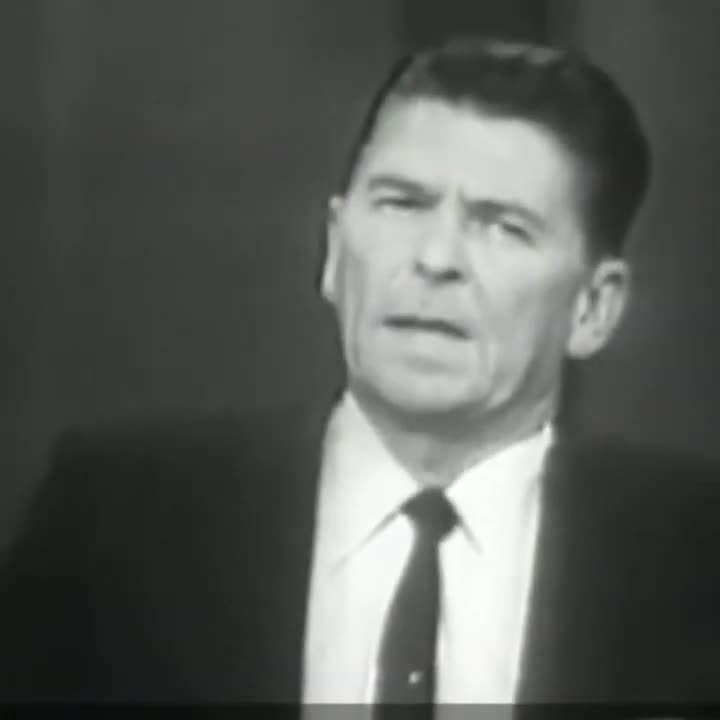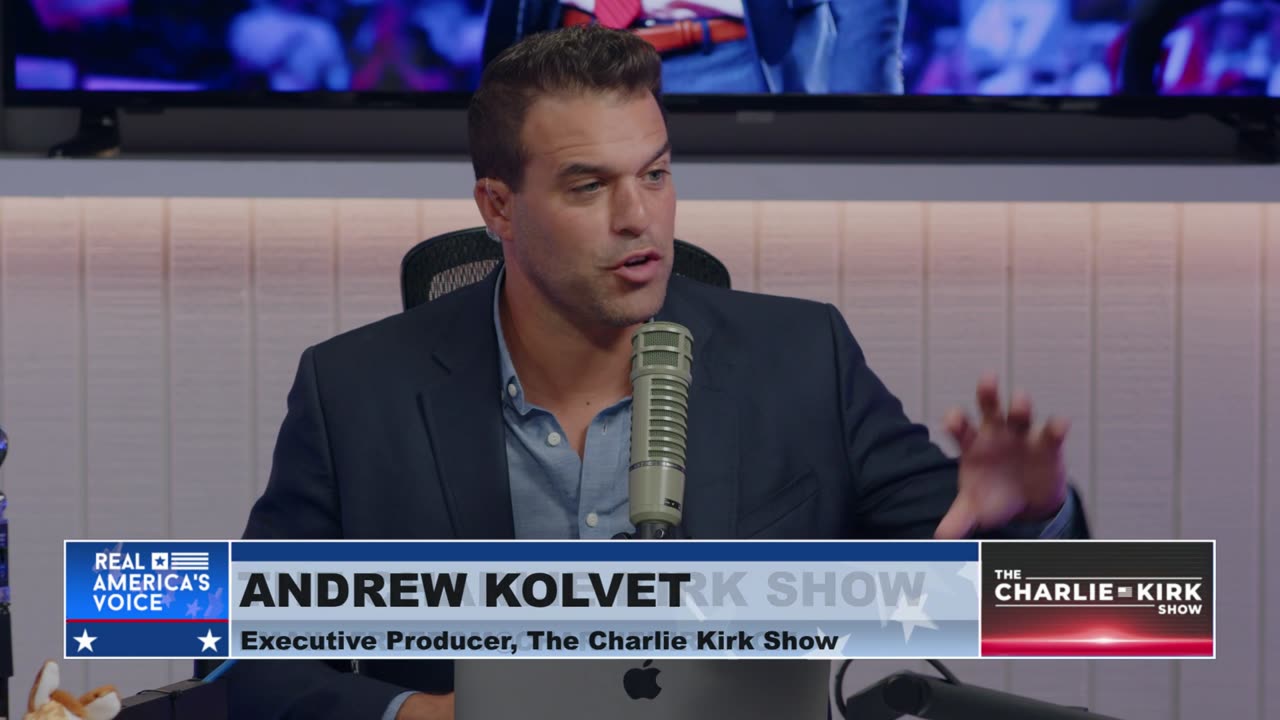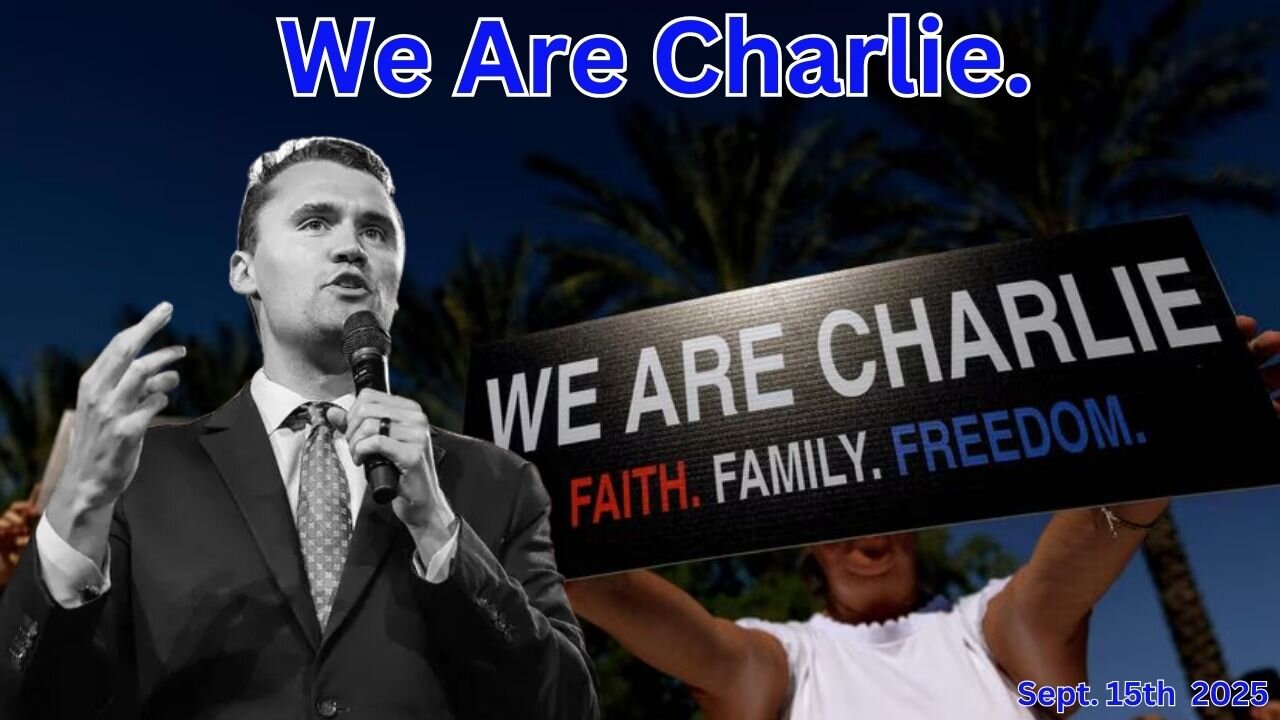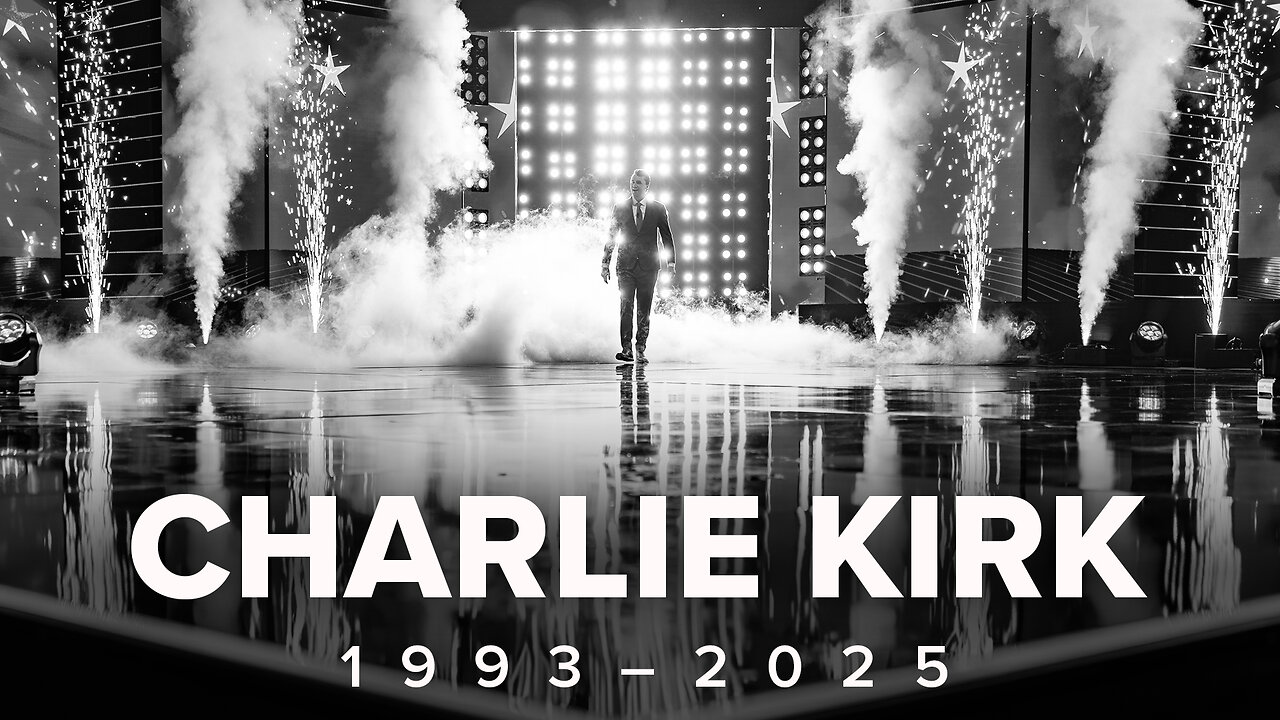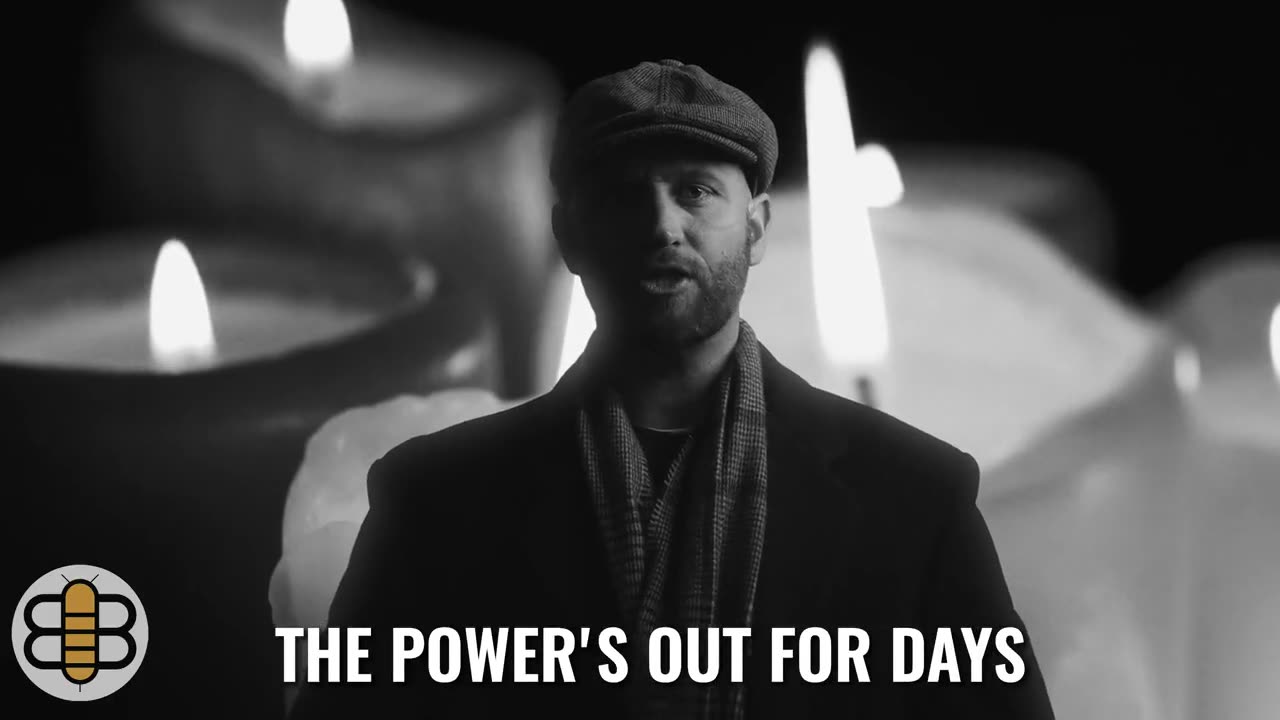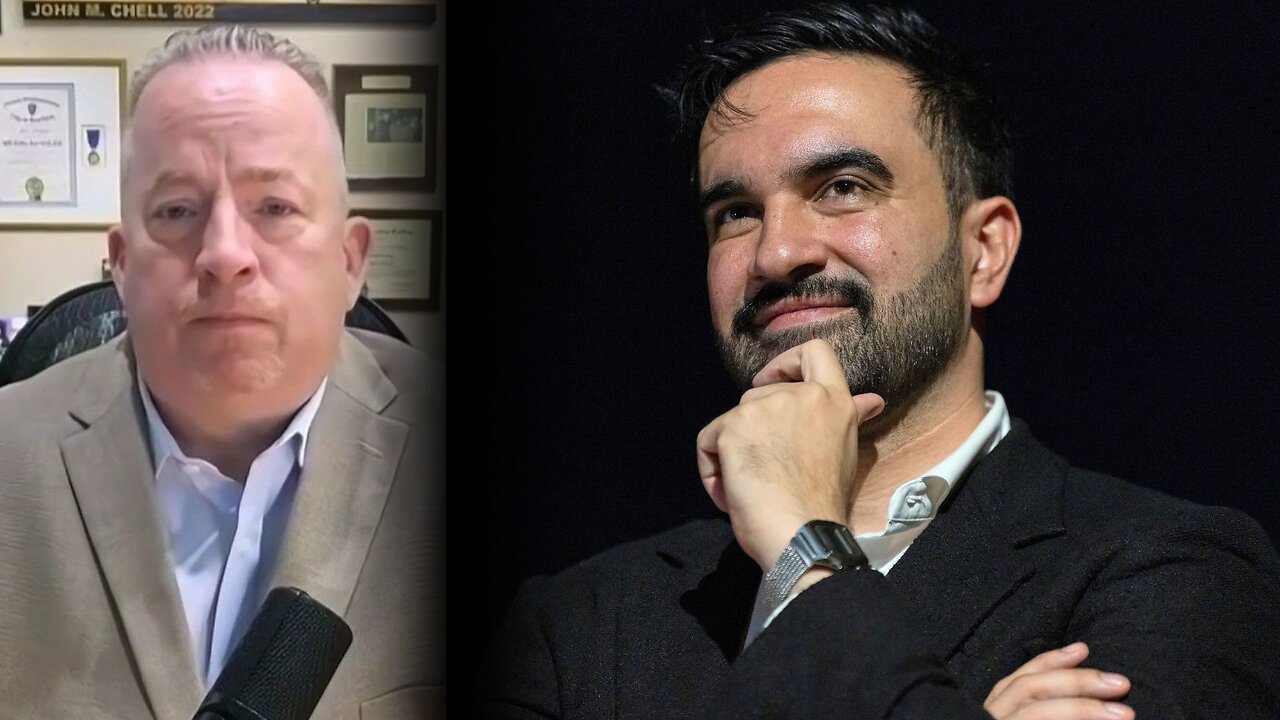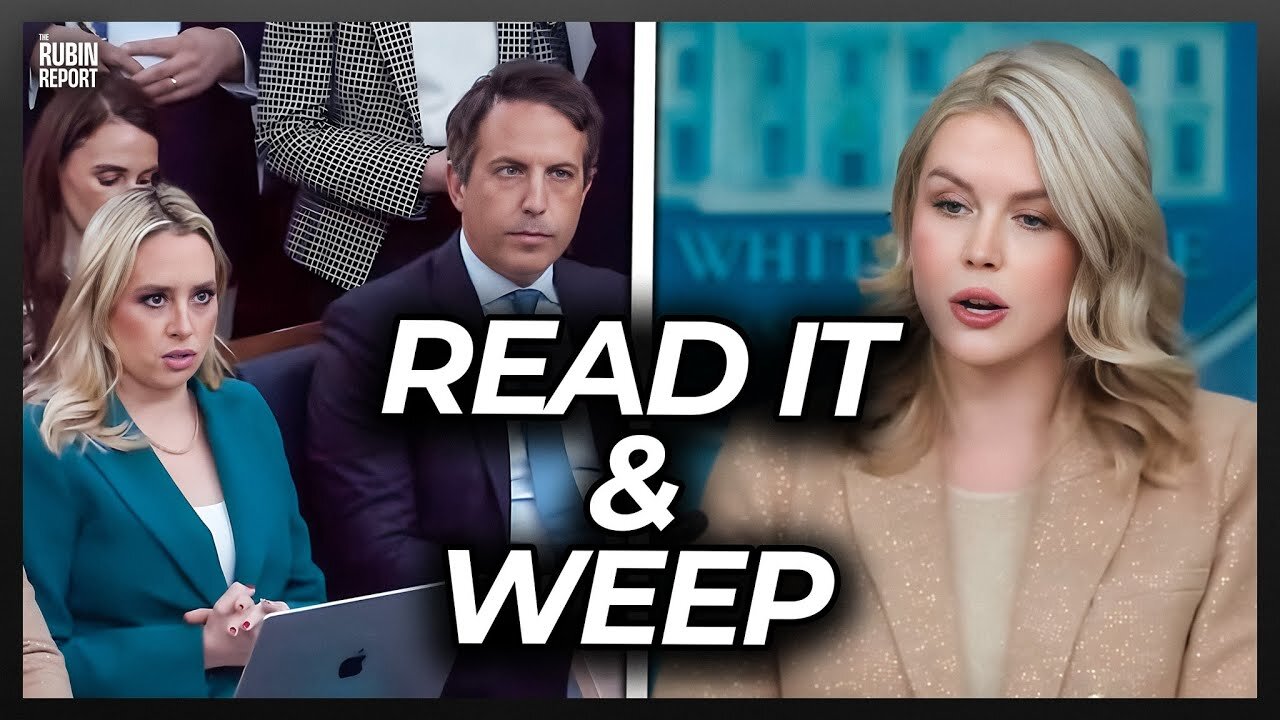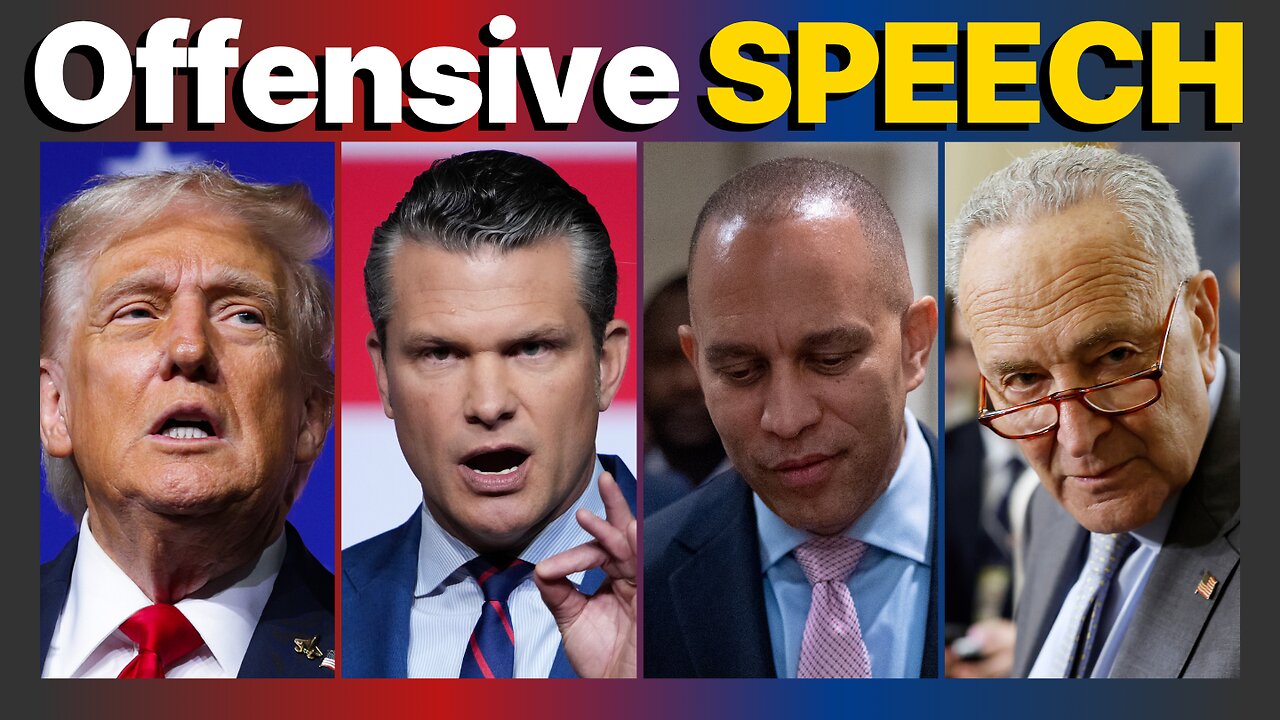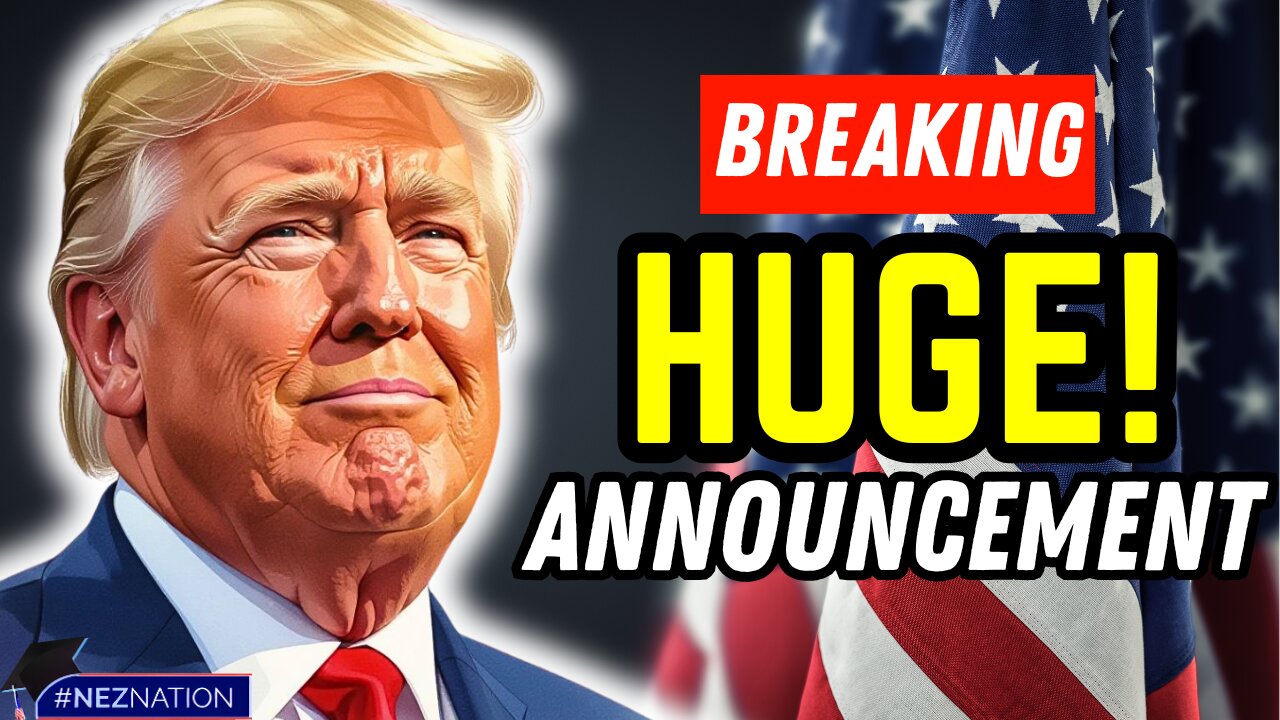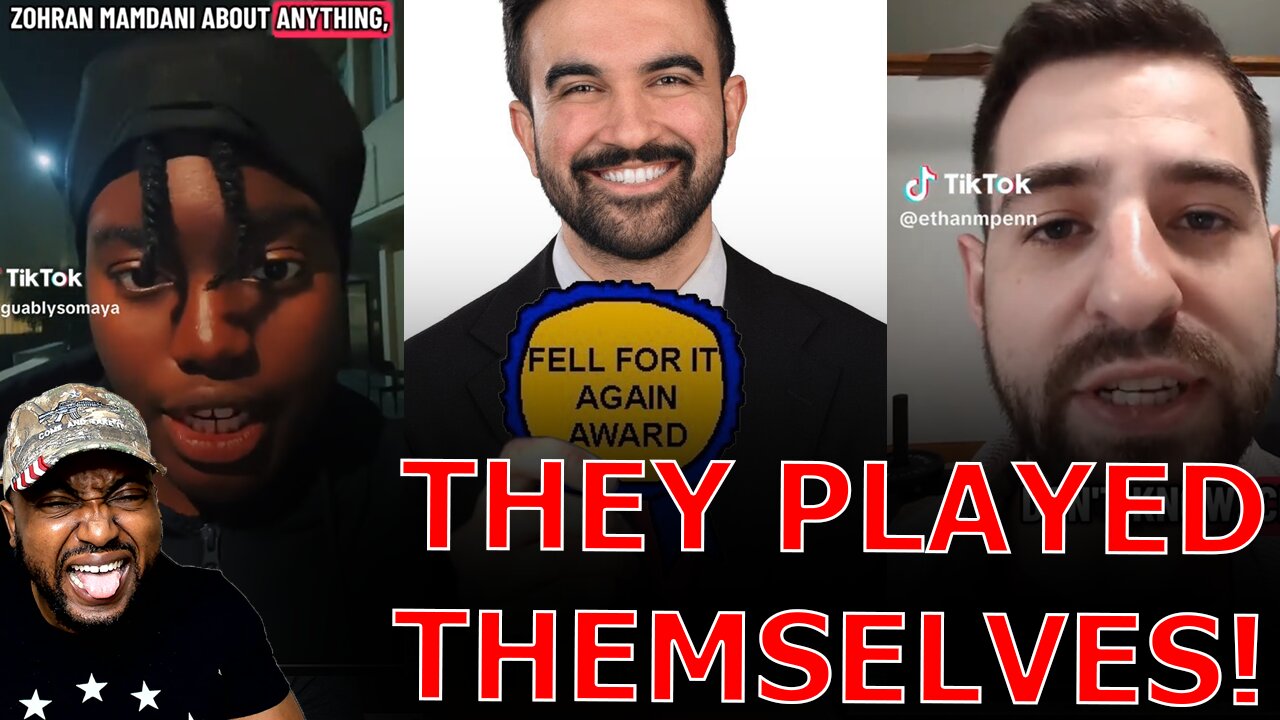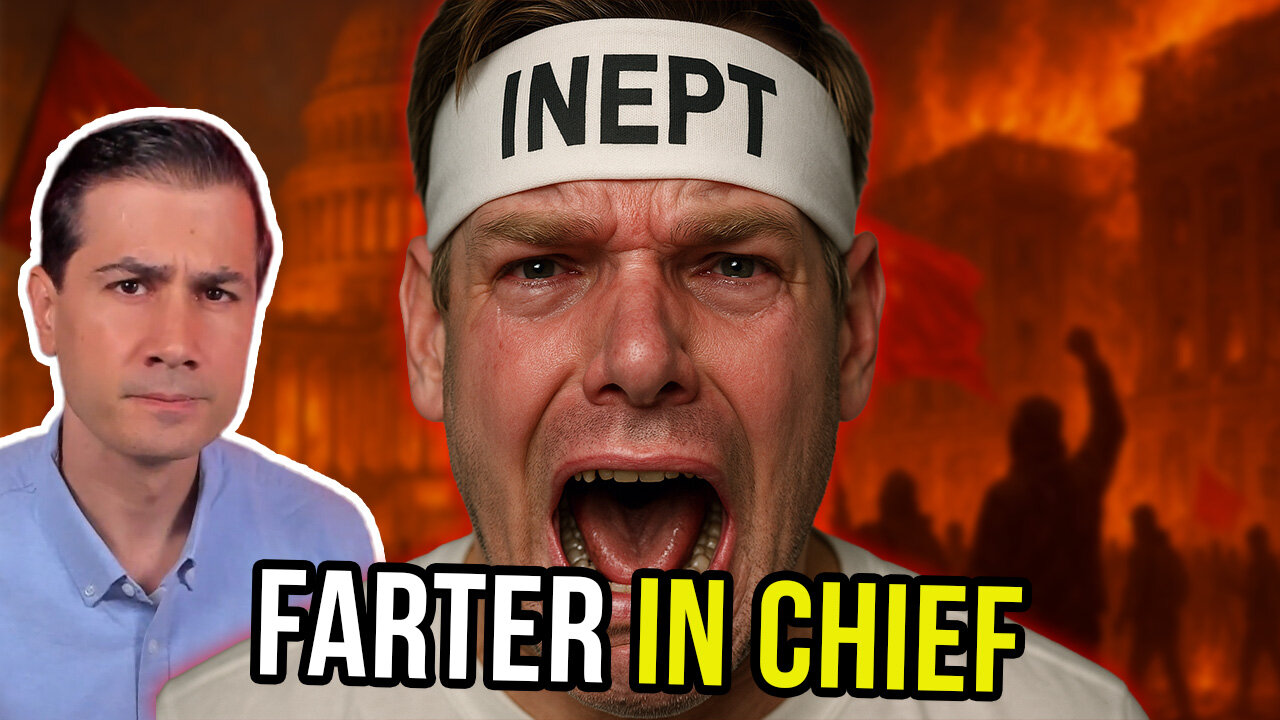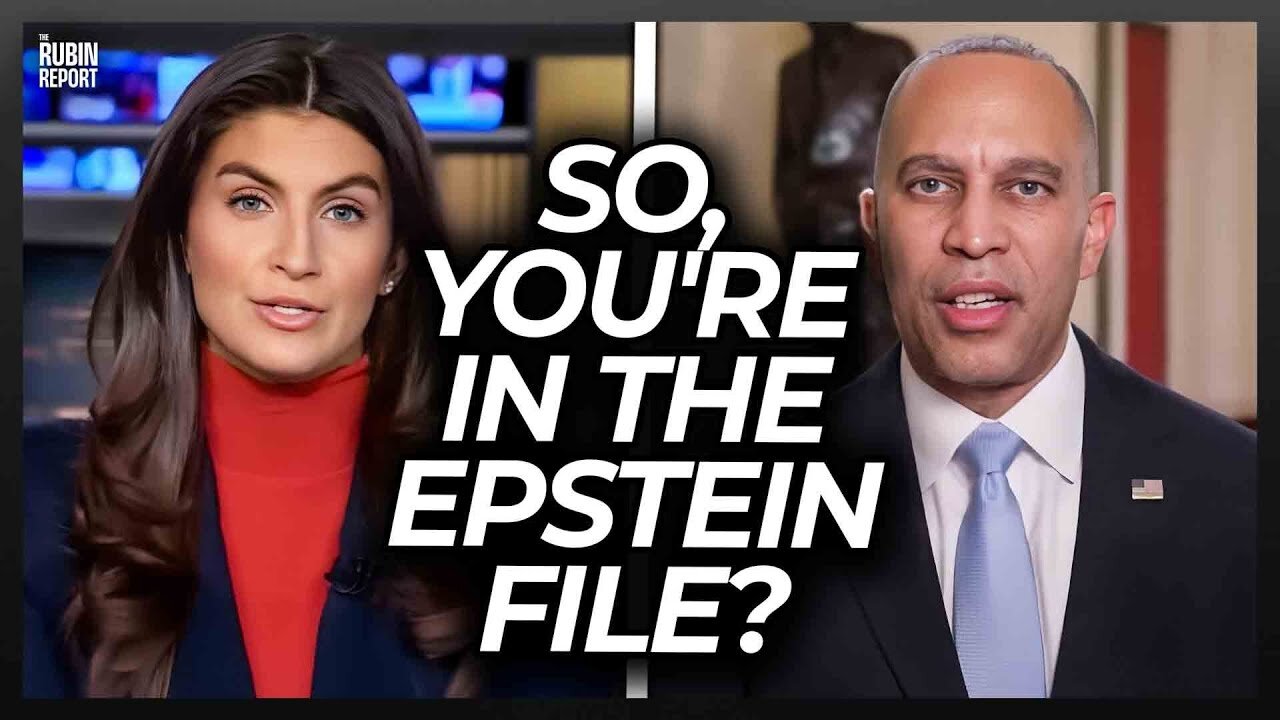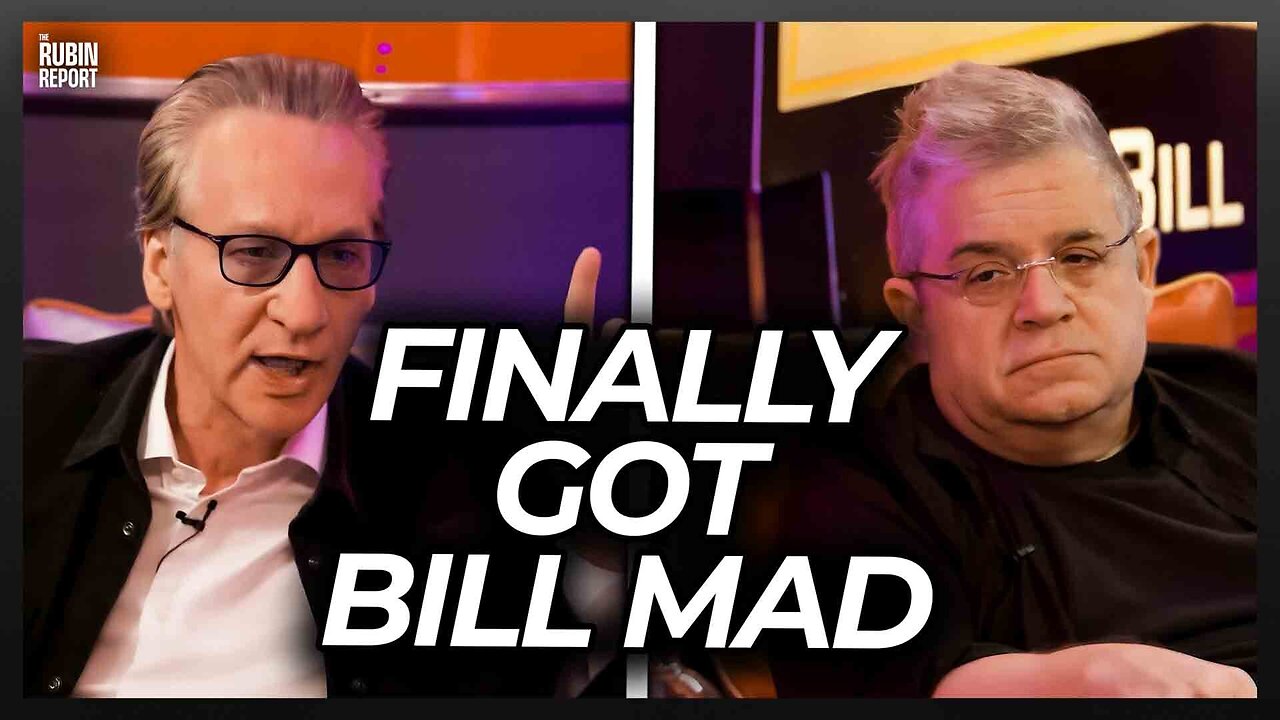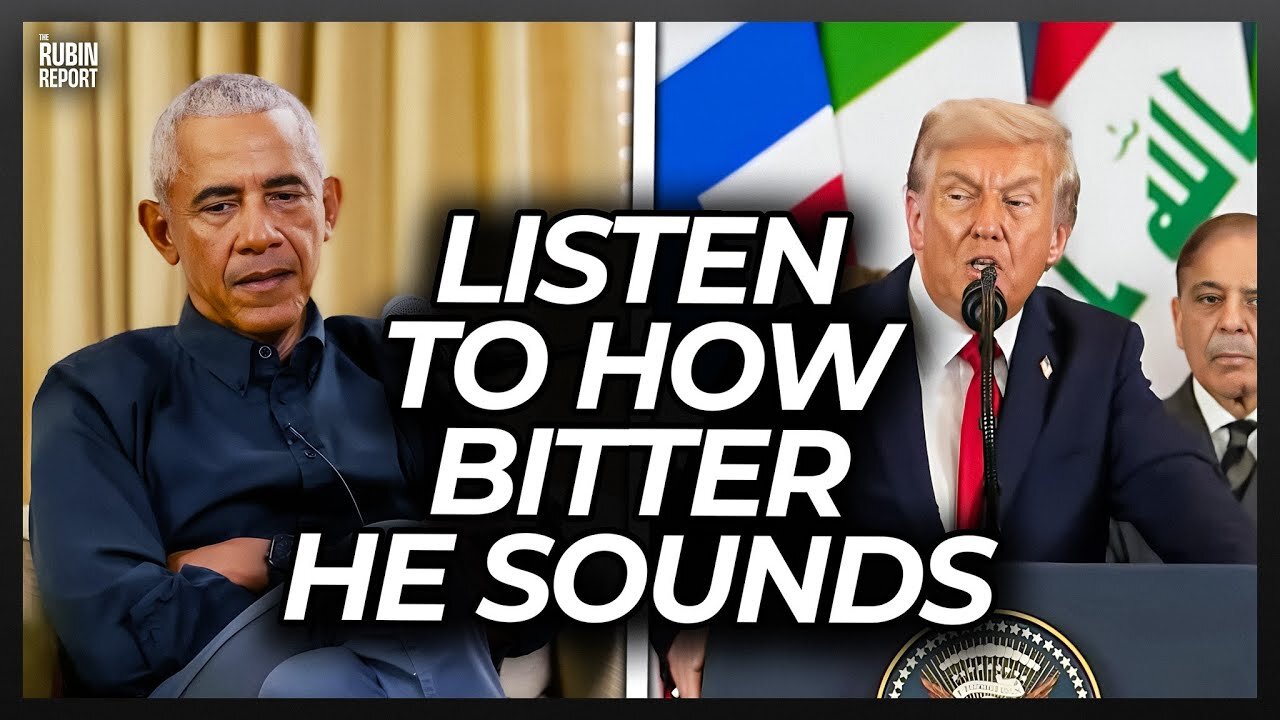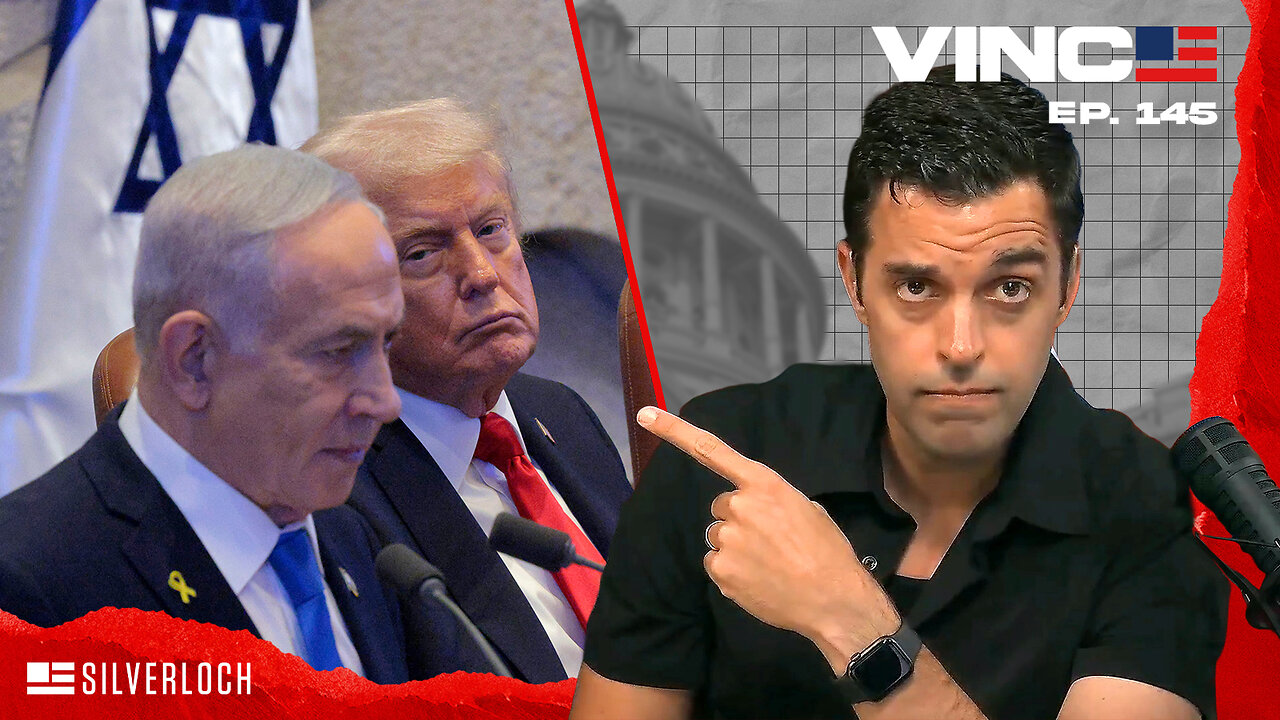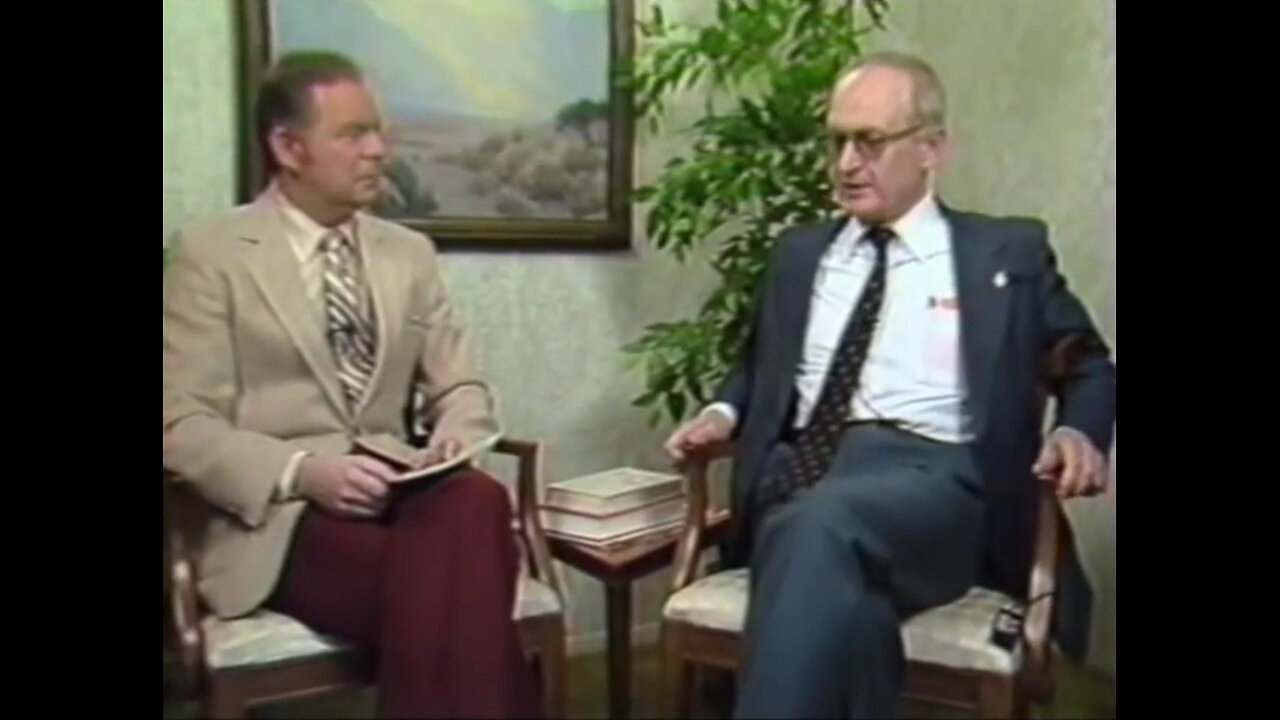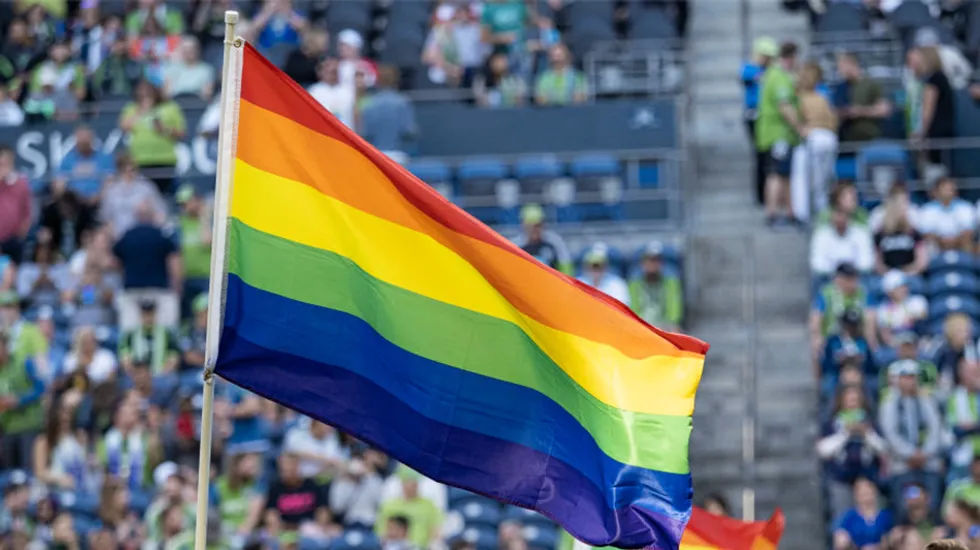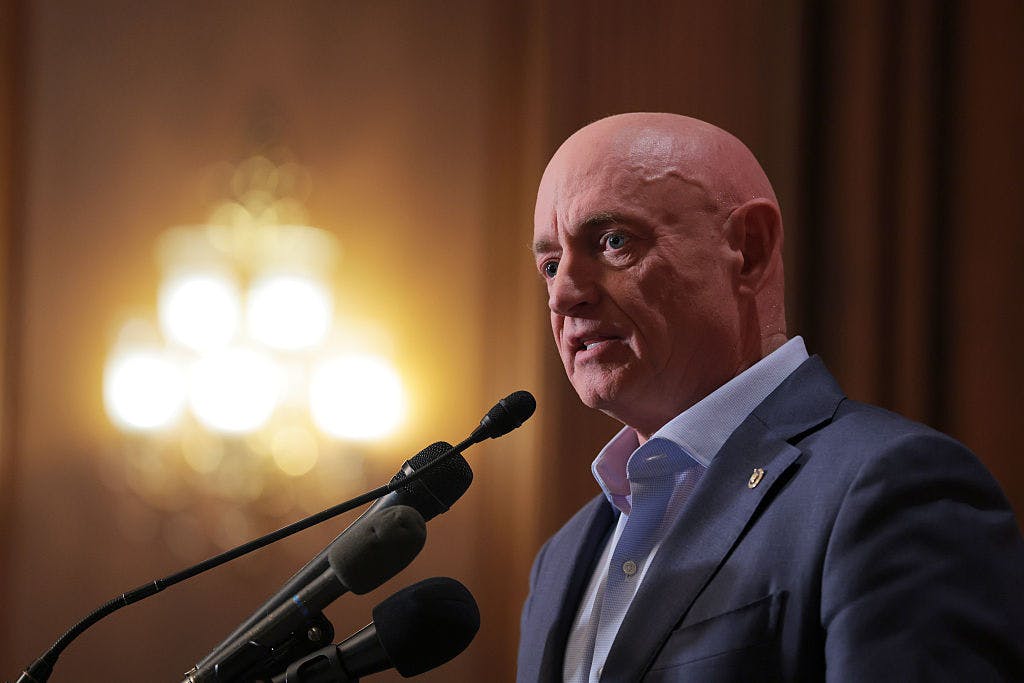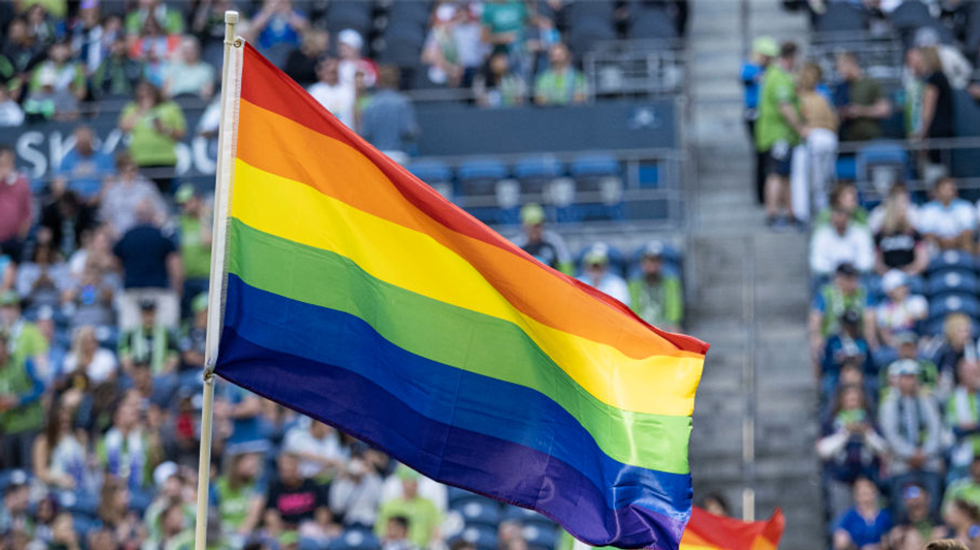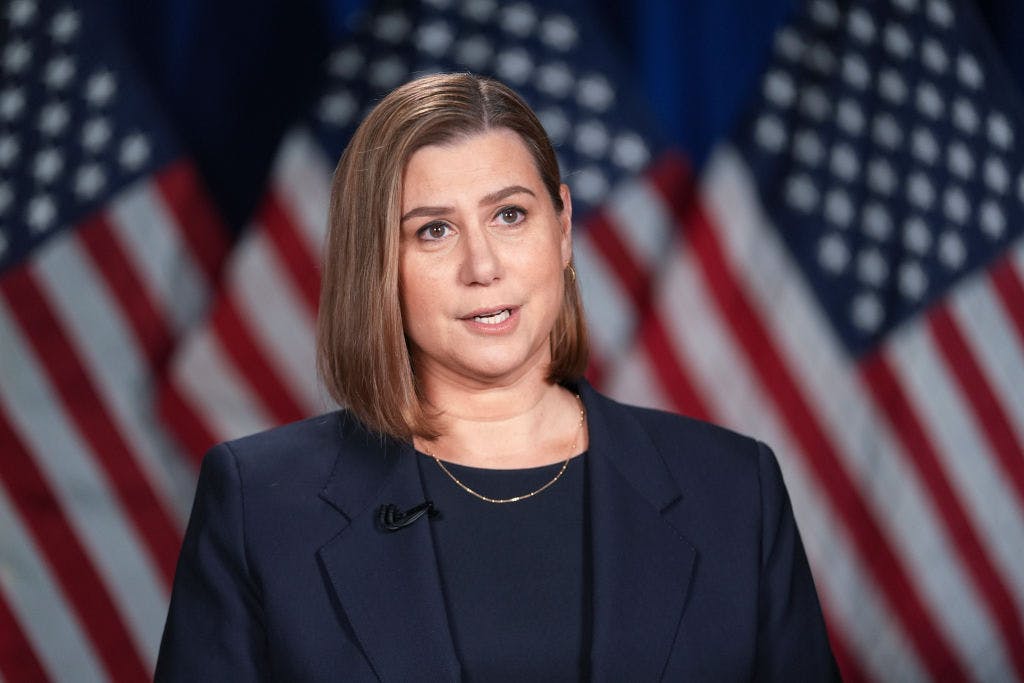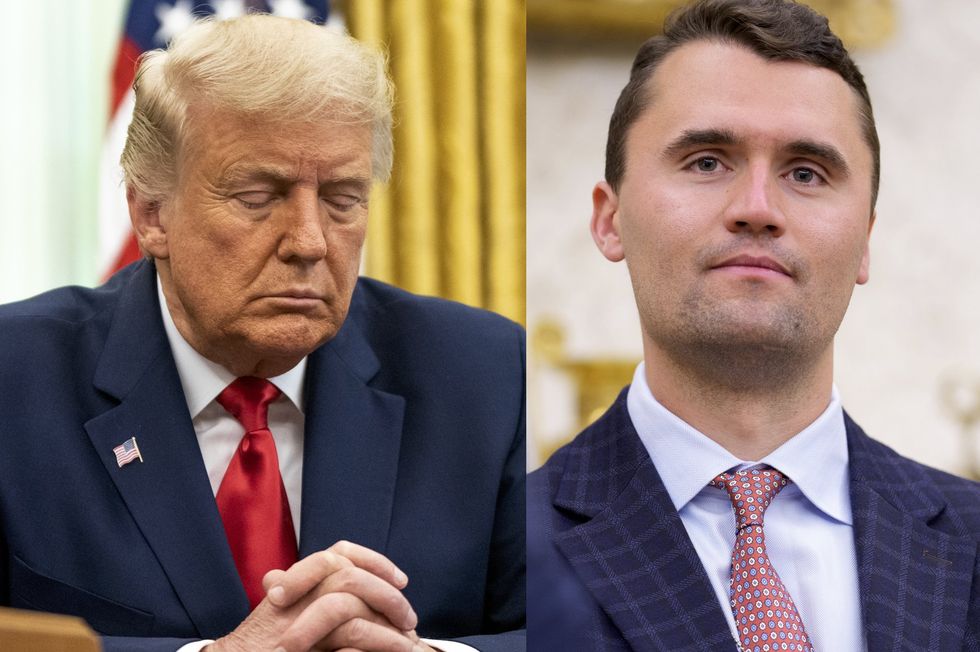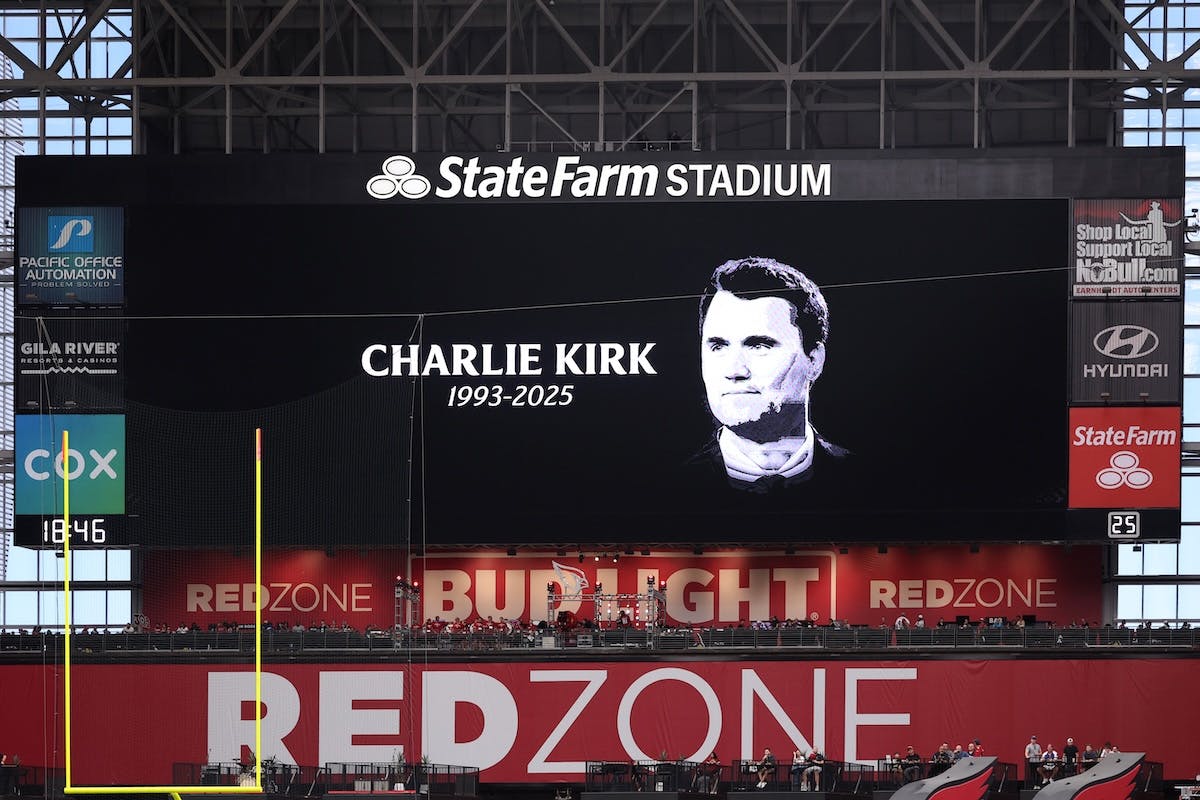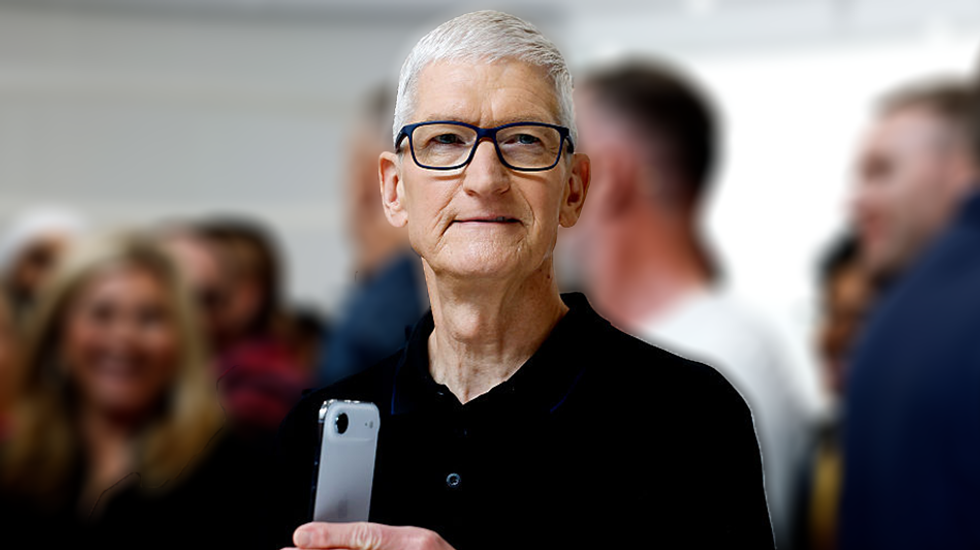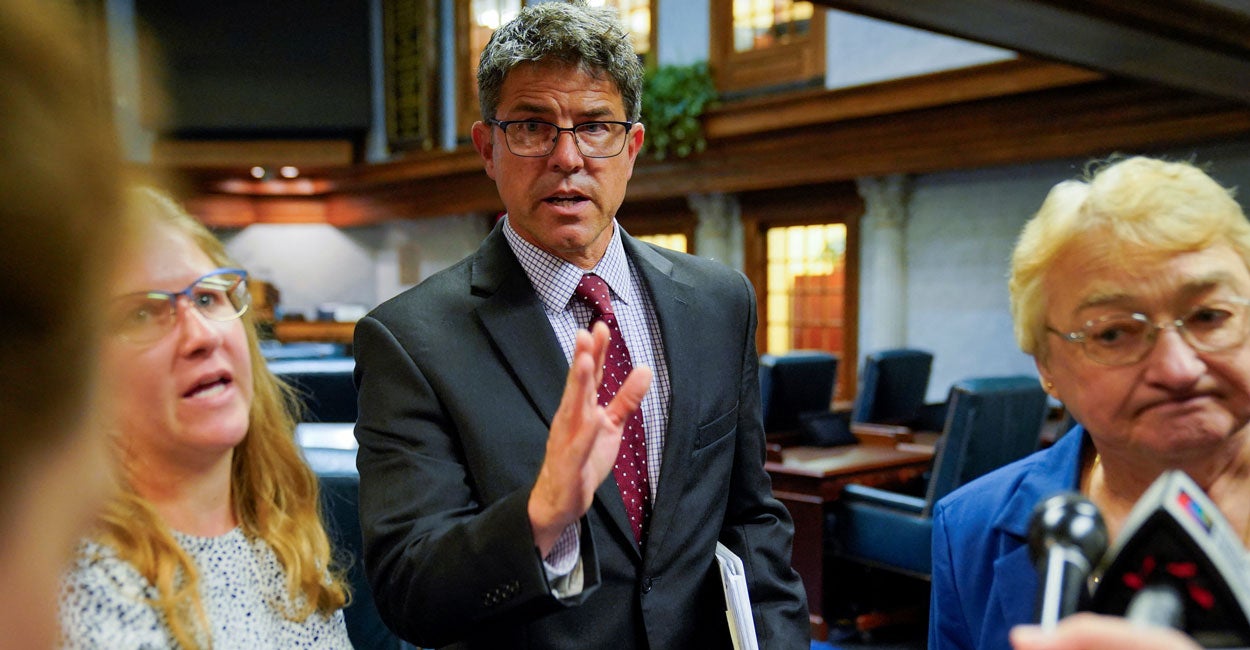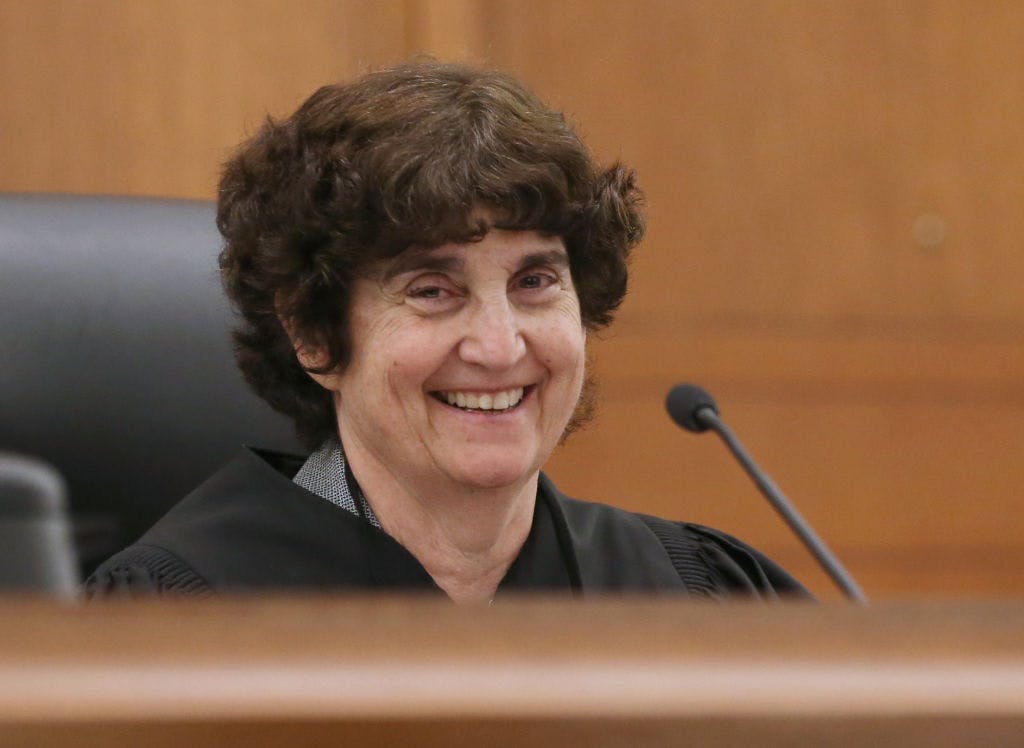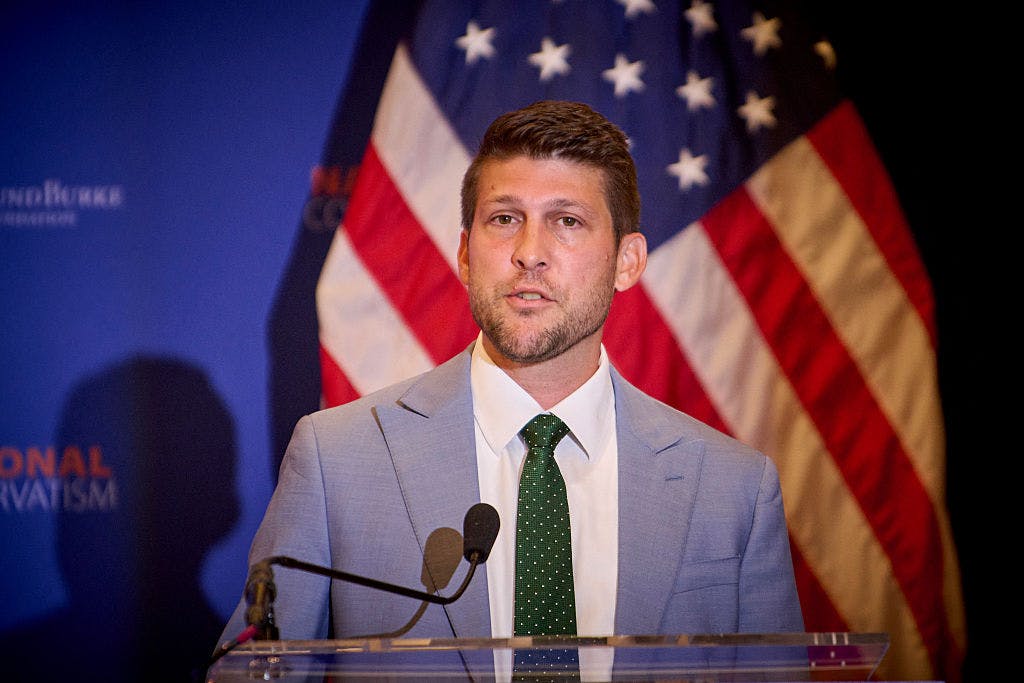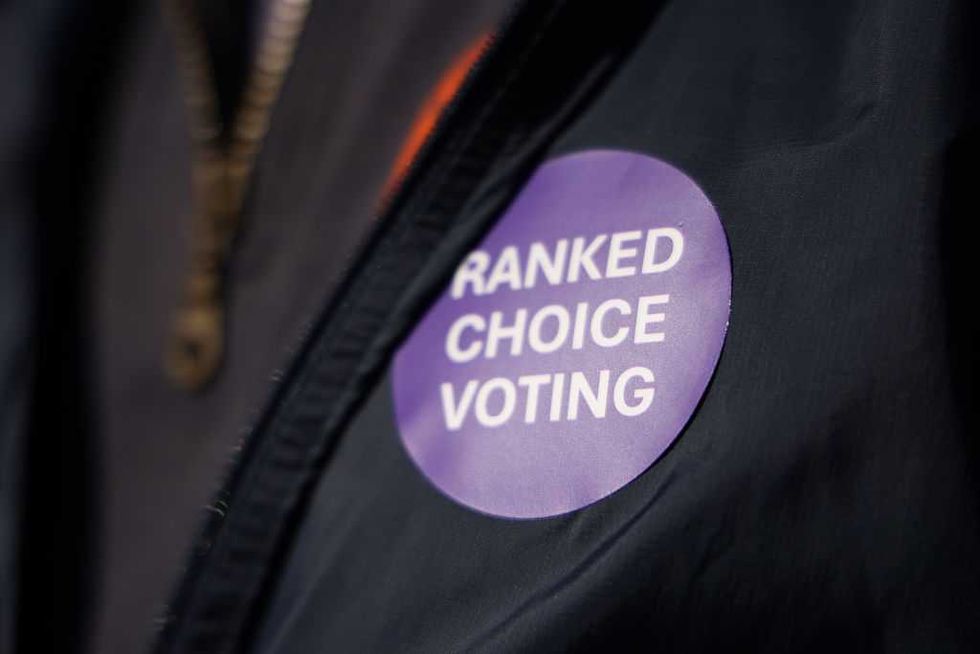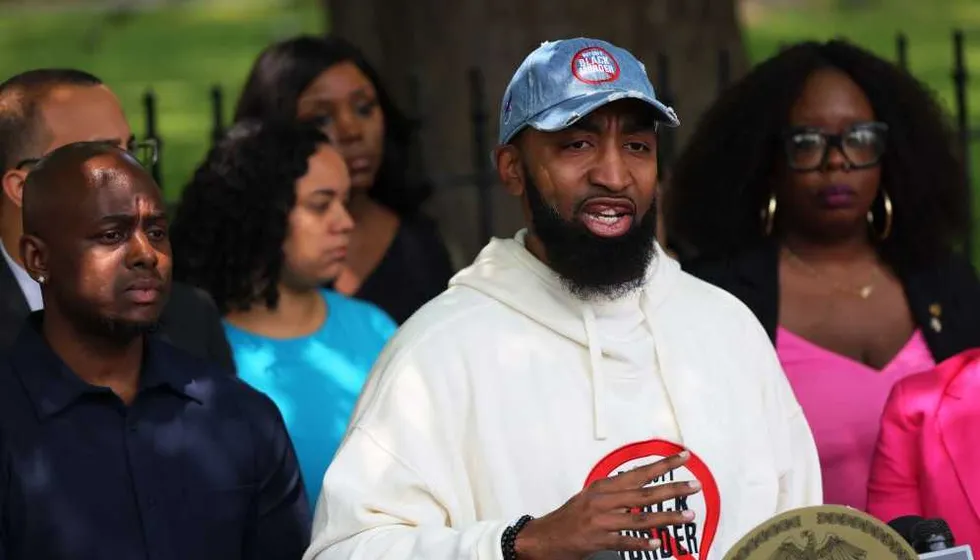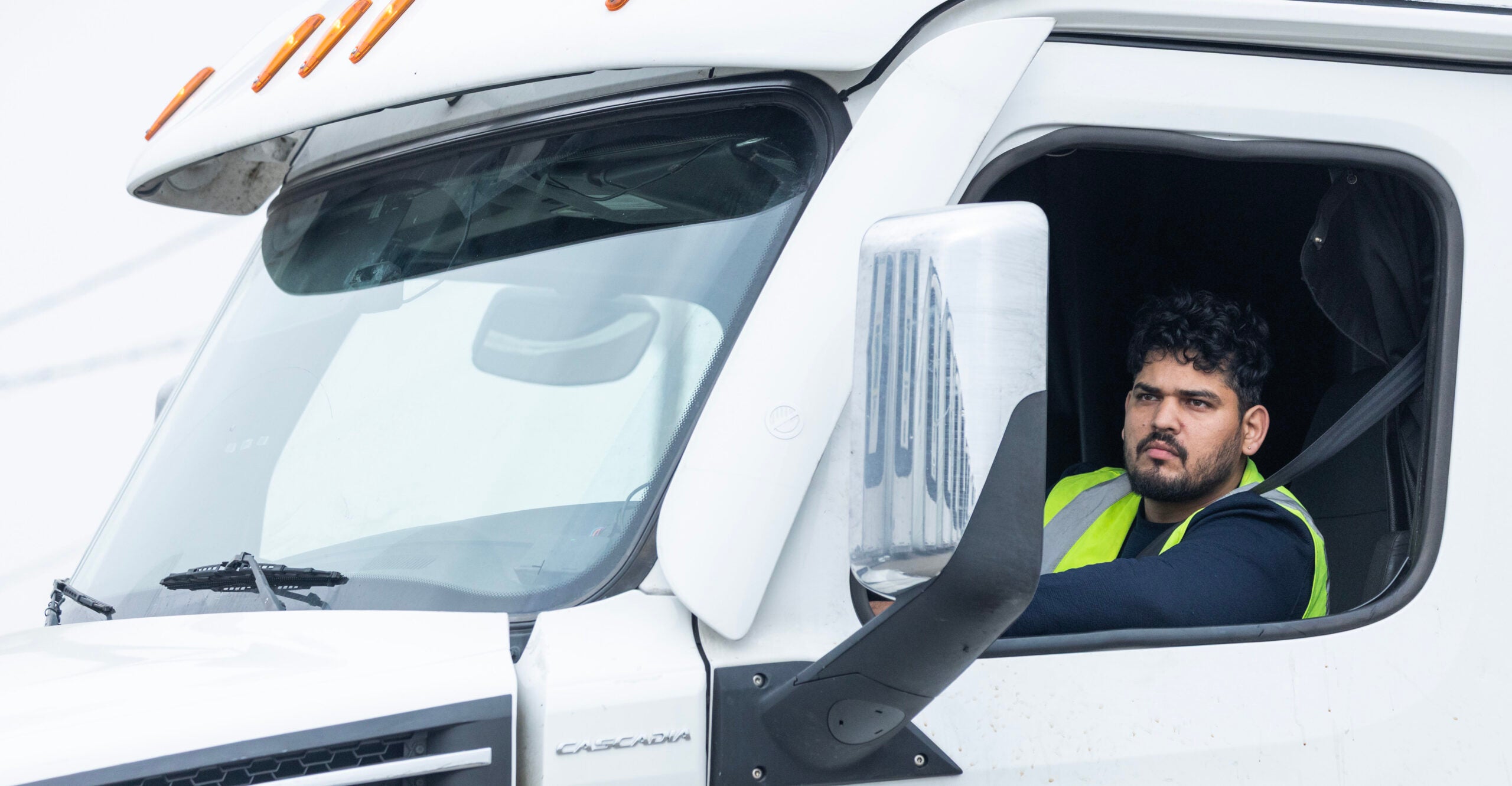A Fair Shot for the Trump Phone

When Donald Jr. and Eric Trump announced the launch of Trump Mobile in June, the prospect of an “America First” alternative in a phone marketplace dominated by Big Tech should have caused celebration among conservative consumers. Indeed, any serious new option should result in cheers from all consumers given their current limited choices.
Yet the Trump Mobile T1 Phone is going to face several significant challenges to even get up and running, mostly due to major barriers to consumer choice put in place by Apple. Users encounter these roadblocks every day, whether they realize it or not, and collectively they are a significant problem for consumer mobility across phone platforms.
When President Donald Trump embraced Truth Social as a new social media option, 6 million Americans followed him onto the platform. It is going to be infinitely harder for Americans to choose the Trump Phone because of barriers to portability erected by Apple.
Android users already know these challenges firsthand. While an iPhone user can FaceTime another iPhone user with a single tap, it takes multiple steps for an iPhone user to initiate a video call to an Android user, a move that’s not even possible for an Android user trying to call a friend with an iPhone. And every teenager with an Android knows, it’s not cool to have your text messages displayed in green bubbles, or what it’s like to get left out of a group chat because of fear a photo or video won’t send across these artificial digital divides.
Anyone who has ever tried to switch from an iPhone to an Android has encountered issues with data portability—the iCloud app cannot be downloaded on an Android device. Similarly, app subscriptions already purchased on one device won’t translate onto a new device from another system because they’re tied to an individual App Store account—users will likely have to pay again for the same app they’ve already purchased.
The result of Apple’s digital architecture is often analogized to a walled garden: it’s beautiful and secure inside, as an iPhone, Apple Watch, and AirPods sync seamlessly. But Apple’s wall discourages communicating with outsiders, creating a social peer pressure on Android users to give in and join the Apple universe. Apple’s wall makes it difficult for Apple users to exit for other products as they come onto the scene, or as Android improves its user experience, or simply as Apple increases its prices.
Trump wants a wall on America’s southern border to keep illegal aliens out. Apple puts a proverbial wall around its ecosystem to lock current users in so they cannot easily run to the competition if given a free choice. Apple’s walled garden protects its dominant market position and will prevent Trump’s T1 Phone or any other new market entrant from breaking in at scale. Two decades ago, the United States dealt directly with anti-consumer behavior by Microsoft’s product bundling; we’re seeing the same thing unfold today with Apple.
There is a better way. For one thing, Trump’s Department of Justice is pressing forward with an antitrust lawsuit against Apple for its anticompetitive practices. A U.S. district court judge ruled against Apple’s attempt to kill the case, finding that the government had provided sufficient information at the complaint stage to make a viable charge of anticompetitive behavior. This case fits within Trump’s call to “ensure that our competition laws are enforced, both vigorously and FAIRLY, with clear rules that facilitate, rather than stifle, the ingenuity of our greatest companies.”
Second, Apple could look at apps or video calls through the same lens as text messaging, which is increasingly interoperable. Several years ago, simple things like pictures, videos, and emojis could not translate across platforms. Tech companies worked together to develop common standards that provided a unified consumer experience regardless of the particular device, and those standards were eventually adopted across the industry (after much feet-dragging by Apple). Now, Apple and Android users have a much easier time texting one another without a degraded consumer experience on either end (even if the green/blue distinction remains).
Some tech companies are working together to establish similar standards for other types of phone-to-phone connections, like video calls. It may take additional regulatory pressure, like congressional momentum behind the proposed Open App Markets Act, to push Apple to make these decisions on its own before law thrusts change upon it.
Either way, the result should be the same: an open product marketplace where consumers can freely choose a single technology system, choose to move between technology systems, and choose to mix-and-match across technology systems.
As conservatives, we believe in free markets, limited government, and a light regulatory touch. But free markets also require clear and enforceable rules, including rules against monopolies and self-preferencing behaviors that violate antitrust principles. Conservatives also believe in innovation and entrepreneurship, which are useless when a monopoly company can squash all competition and disruption through its sheer size. If new market entrants like the Trump Phone will ever have a chance, they need and deserve a level playing field to prove their quality and innovative edge.
We publish a variety of perspectives. Nothing written here is to be construed as representing the views of The Daily Signal.
The post A Fair Shot for the Trump Phone appeared first on The Daily Signal.
Originally Published at Daily Wire, Daily Signal, or The Blaze
What's Your Reaction?
 Like
0
Like
0
 Dislike
0
Dislike
0
 Love
0
Love
0
 Funny
0
Funny
0
 Angry
0
Angry
0
 Sad
0
Sad
0
 Wow
0
Wow
0
